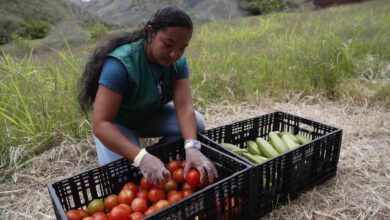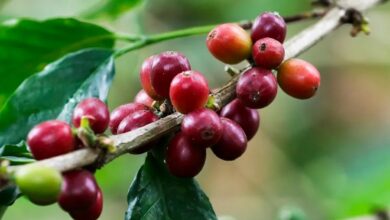Do You Like Coffee? Choose the Most Environmentally Friendly Preparation
We all love a cup of coffee, but we must learn how to minimize the footprint of our daily activities on climate change.

The Woman Post | Catalina Mejía
Listen to this article
Calculating the carbon footprint of our actions and activities is a useful way of estimating their impact on climate change, which is measured by the greenhouse gases, released into the atmosphere.
According to Much Needed, more than 2.25 billion cups of coffee are consumed every day in the world. However, the preparation methods differ throughout the world. For instance, in Italy, most users prepare their coffee at home with the Moka Pot. According to Kraulter and colleagues, the electric drip-filter coffee machines have a market share of 55% in the USA and 62% in Germany.
Several studies have assessed the environmental impact of the cultivation and production of coffee. A report by Humbert and colleagues found that almost half of the environmental impact was caused by coffee producers and suppliers, in cultivation, treatment, processing, packaging, and distribution while the other half was produced by consumers.
The use of fossil-derived fertilizers in coffee cultivation was found to be the main contributor to GHG emissions. As stated by a study by Busser and Jungbluth, the cultivation and consumption of coffee were considered key phases for the major mid-point environmental impact categories, such as energy consumption, climate change, cumulative energy demand, eutrophication, and acidification as well as for the end-point categories such as human health, ecosystem quality and depletion of resources. However, it is important to highlight that the preparation methods for coffee differ in terms of their environmental impact.
Also read: ENVIRONMENTAL INFLUENCERS YOU SHOULD FOLLOW
A study by Cibelli and colleagues measured and compared the energy consumption for preparing a 40-mL cup of Arabica coffee, roasted and ground in Italy and packed in different formats, including vacuum flexible bags, easy serving espresso pods, and Nespresso type capsules. Then they tested the carbon footprint for three methods of preparation. According to their results, the cultivation and green coffee production phase represented 59% to 70% of the cradle-to-grave carbon footprint. The use phase came second, representing 12.5% to 18.2% of the cradle to grave carbon footprint.
In terms of the methods of preparation, whatever the waste disposal scenario, the carbon footprint of a 40mL cup of coffee was minimum when prepared with the induction Moka pot (45-57 g CO2e/cup), being only 3.5% less than the use of the same Moka pot heated with LPG fired-stove (47-59 g CO2e/cup). The greatest impact was observed in the cup of coffee prepared with the espresso coffee machine using pre-ground coffee, (74-96 g CO2e/cup) while the cup of coffee prepared with coffee pods or capsules was in the middle 69 to 92 g CO2e/cup, and from 55 to 73 g CO2e/cup). However, it was demonstrated that the use of coffee pods or capsules increased the contribution of the packaging material production and post-consumer waste disposal phases.
The results of the study by Cibelli and colleagues indicate that making a cup of coffee with the induction Moka pot avoids up to 27.6 g CO2e compared to that brewed with a coffee pod, and 12.6 g CO2e compared with that prepared with a coffee capsule. So next time you fancy a coffee, be sure to make the wisest choice when choosing the method of preparation, the future generations will be thankful.




